Do you have dry, depleted soil on your homestead or farm? Does your soil not provide your plants with the appropriate nutrients to help them grow, and do you struggle to establish plants because of the soil conditions in your area? Is your soil very dry or xeric? Or do you work in areas with soil conditions like these?
If you answered yes to any of these questions, this article could be helpful for you.
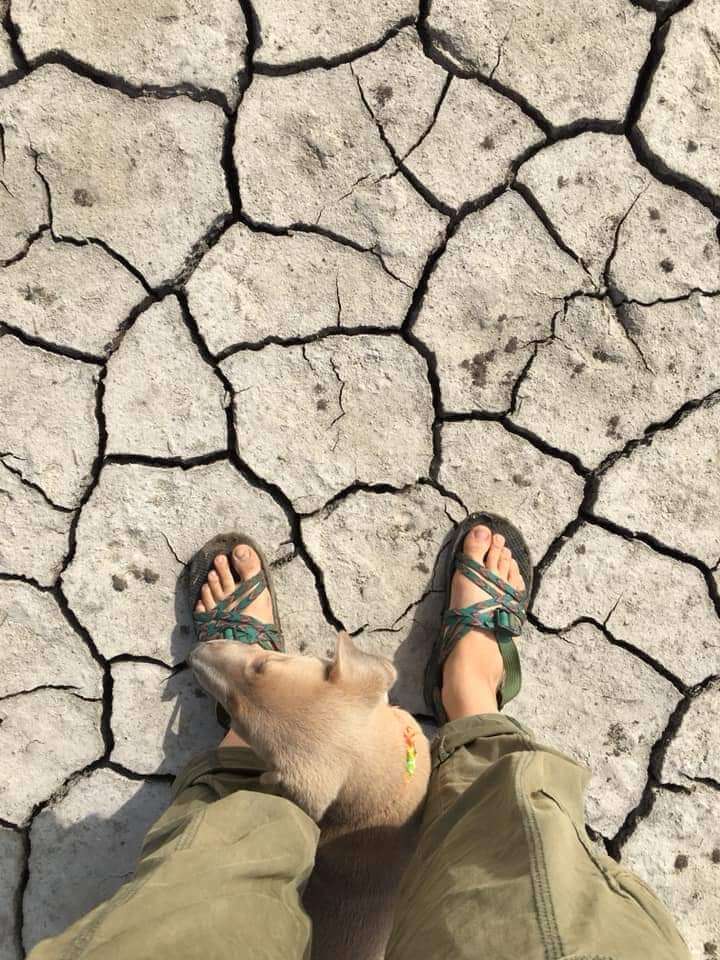
3 Common Missing Nutrients From Soil and How to Identify Them
1. Phosphorous
Development of dark or bluish-green color on leaves with little to no flower production and smaller size overall.
2. Nitrogen
Slow and stunted plant growth, weak and spindly stems and leaves, with leaves that don’t reach full size and stay small. Leaves turn yellow starting from the bottom and move to the top with yellowing leaves dropping.
3. Iron
Leaf chlorosis when leaves turn yellow but veins stay green to create a spider web appearance, eventually turning white and dropping.
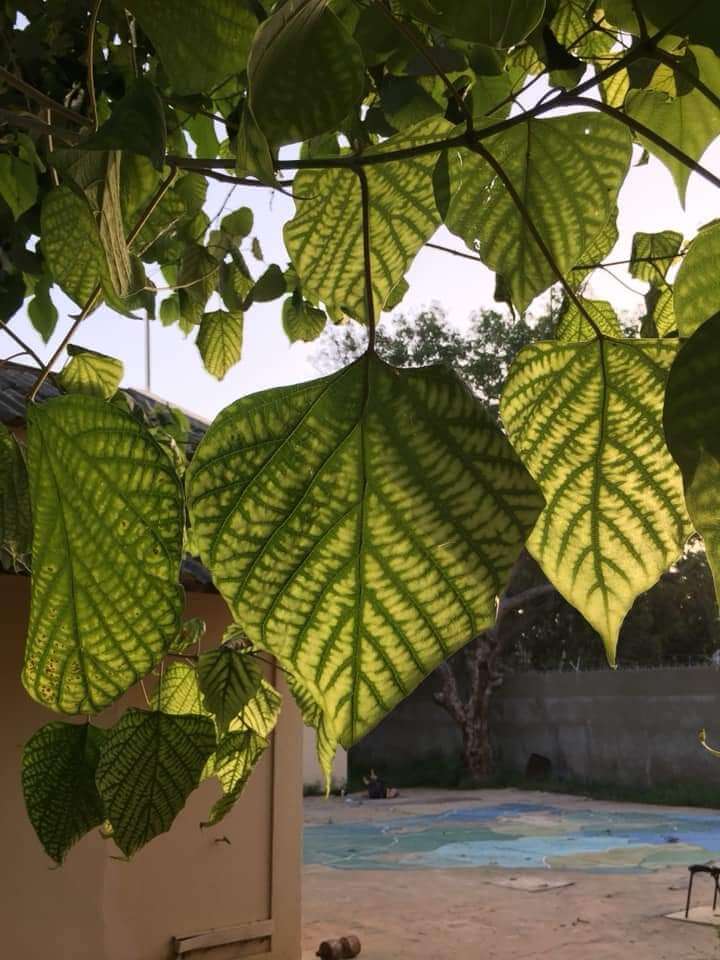
Keep in mind, there can be the opposite problem present, and you have overly nutrient-rich soil which oddly, can cause difficulties in plant production. That problem will not be covered in this article but is important to note.
Related Post: Soil Testing
Identifying if Soil Is Dry or Nutrient-Poor
How do I identify if the soil conditions in my area are dry, xeric, or nutrient-poor? It’s important to note that while this may seem obvious to some, it’s good to explain how to recognize these characteristics.
Dry (Also Known as Xeric) Soil
- Soil surface is cracked or flaky
- Soil crumbles into powder under your feet or in your hands
- Soil surface is moist, but within an inch or hand width below surface, it becomes dry
- Little to no plant growth in area with the plants present being more arid or dry species (yucca, cactus, etc.)
Nutrient-Poor
- Little to no plants growing in area
- Plants in area seem to wilt, turn odd colors, or die, even when your seemingly doing “everything right”
You can have professional soil tests done to verify these conditions, but it’s generally easy to tell this is an issue without the test. The test can, however, provide specific information on what nutrients are missing.
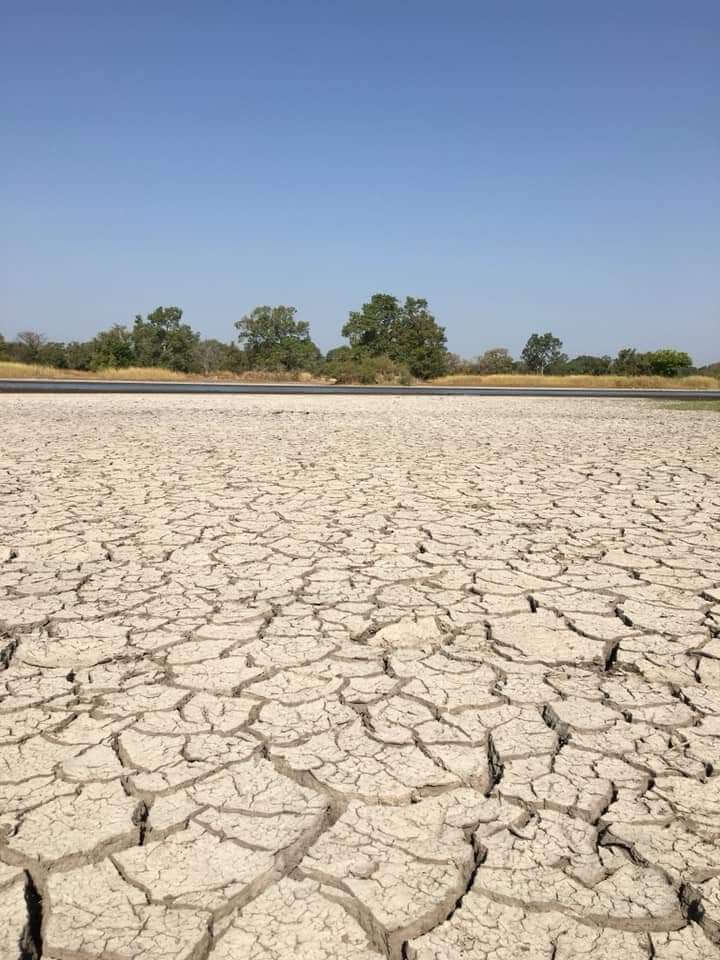
The trick with nutrient-poor soil is understanding specifically what nutrient is lacking. You can have soil tests done, but generally, plants have tell-tell signs that you can learn to recognize. They will tell you what nutrients they need.
Recognizing if Soil Is Compacted
Another aspect of soil identification that can become important here is recognizing if the soil is compacted.
Compacted Soil Conditions
- Very hard soil surface
- Surface is not hard, but soil an inch to a hand width under the surface becomes hard
- Difficult to push a shovel into the soil even with force
Now that we’ve covered how to identify these common problems, we can go into specifics on how to heal your soil, depending on the issues you are experiencing.
How to Amend Soil
There are many methods and ways to amend soil, depending on your soil’s specific needs. It is important to cultivate a relationship with your land and understand the soil present.
Amending Dry or Xeric Soil
Clearly, watering the soil is needed. It is recommended to water your soil until the moisture penetrates a knuckle to a hand width deep into the soil. Sometimes simply watering the soil isn’t enough as local weather conditions can be so extreme that the water evaporates quickly, or the soil is so compacted it cannot absorb water (refer to the compaction section below if this is an issue for you).
If the local weather is the reason for the dry or arid soil, there are a few options to help alleviate quick evaporation from drastically hot conditions.
Create a shade structure that allows your plants to have partial sunlight throughout the day. This will protect the soil from constant, direct sun exposure.
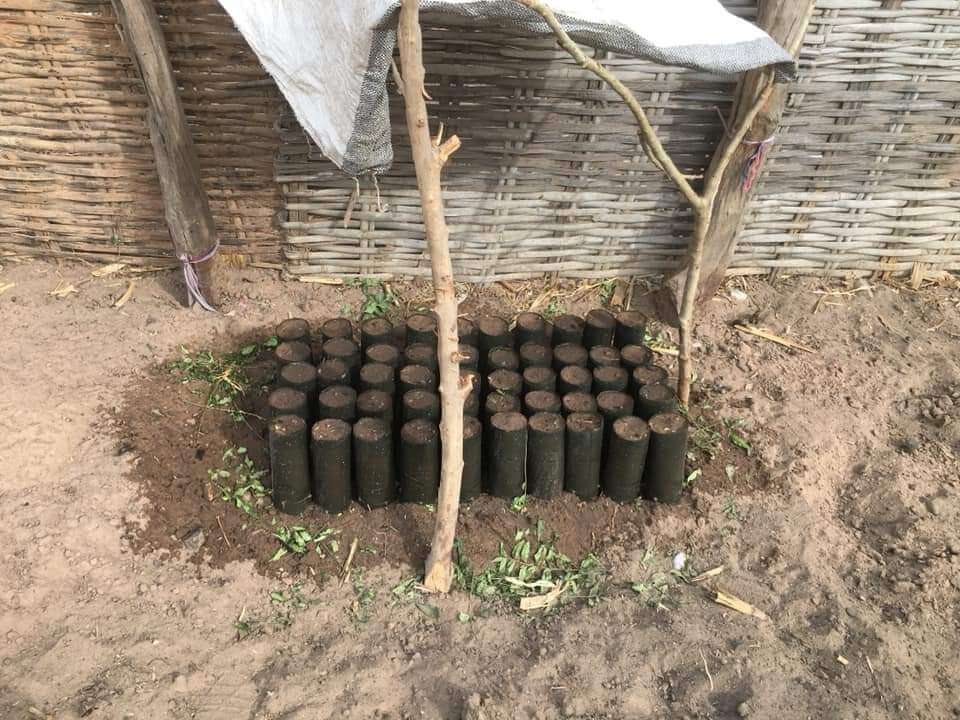
You can also utilize pre-existing structures (like walls and fences) and make a garden bed where the fence or wall casts shade for part of the day, or simply plant under a tree or shrub.
Using hoops and shade clothes is another way to provide shade.
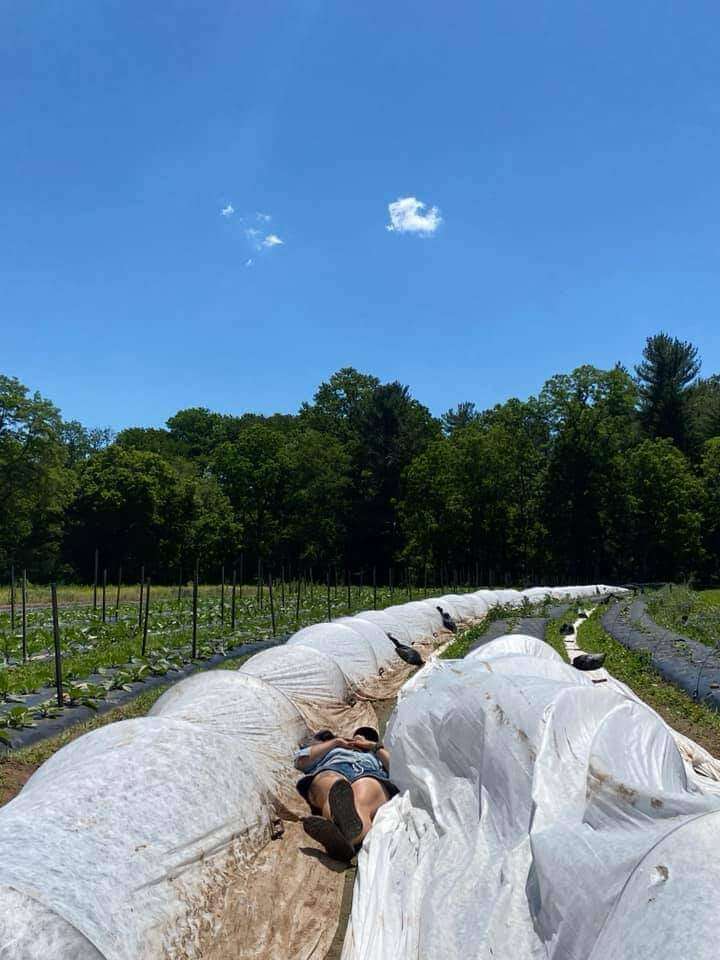
Lastly, adding any type of mulch over the top of the soil around the plants you are cultivating helps with moisture retention and cools down the topsoil temperatures.
Here is a list of different types of mulch you can use:
- Mulch (organic materials or rubber)
- Compost
- Hay
- Pine straw
- Leaf litter
- Pebbles or rocks (but be careful as they can compact the soil)
Dry soil can also be a direct result of the soil type present in your area. Sandy soils generally will not support plant growth unless the plants you are trying to cultivate have very deep root systems (e.g., yucca). It is recommended you create a raised garden bed, or use pots to create a potted garden bed.
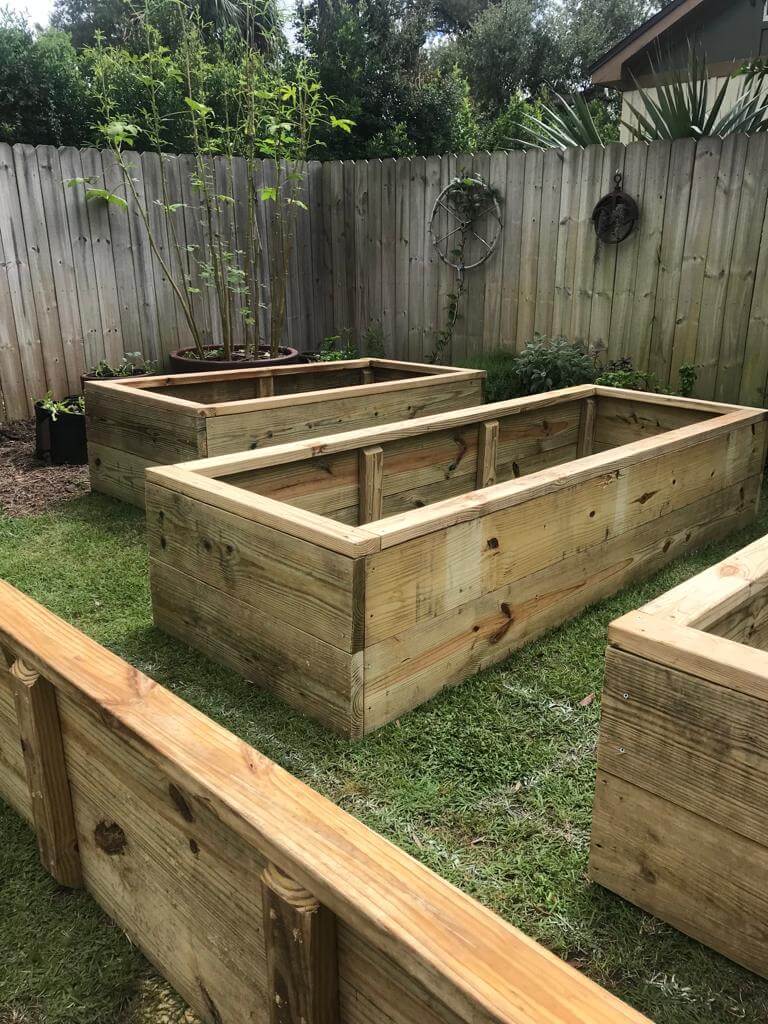
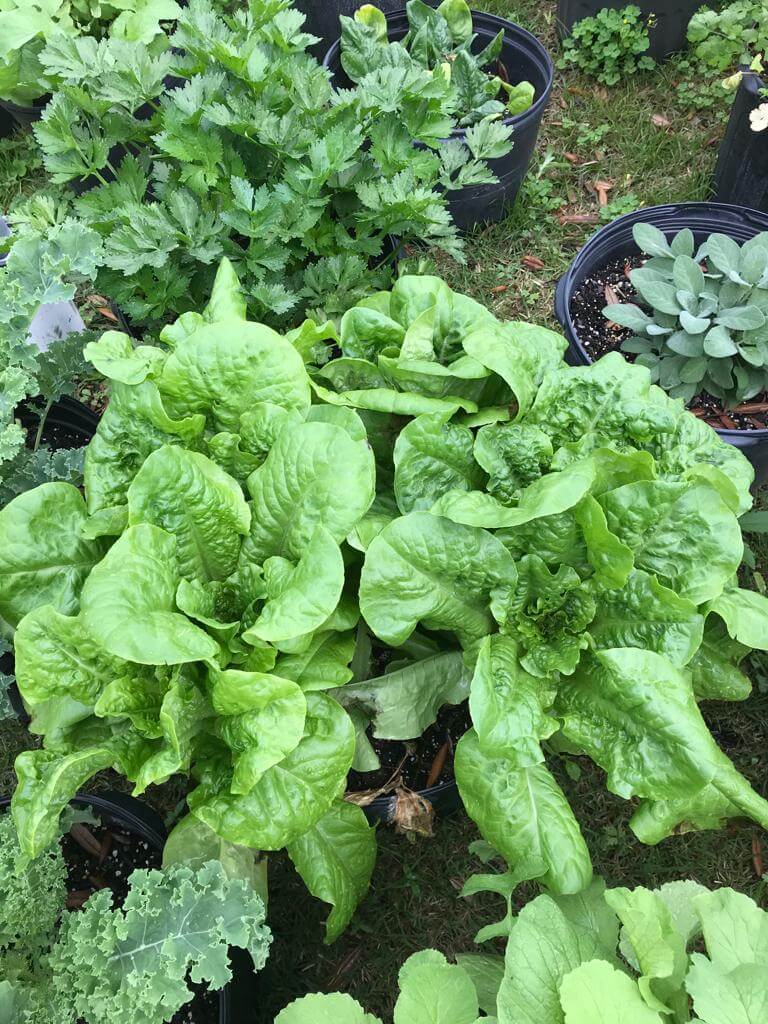
Amending Nutrient-Poor Soil
There are many ways to amend nutrient-poor soil, so we’ll be covering the main methods. Here is a list of ingredients you may use to amend soil, depending on what works best for you and what may be best suited for your soil. Then we’ll go over how to appropriately mix them into your soil.
Compost
Regular composting practices are beneficial both for cost-saving purposes (not having to buy compost or NPK bags, etc.) and for the environment — as you can compost food scraps instead of throwing them in the garbage and adding excess waste to an already exhausted waste disposal system. How to create compost and start a composting practice will not be covered here. It would be an entire article in and of itself.
Compost tea is an alternative method to composting in which a liquid compost solution is created and used to water the soil instead.
Animal Manure
Manure of any kind can be beneficial. If you have livestock or animals on your homestead, and regularly clean out their living areas, this can be a great way to utilize their manure. Instead of throwing it out after cleanings, set it aside in a pile to use for soil amendment.
Worm Castings
You can buy worm castings online or at select stores like Tractor Supply and Home Depot.
Another option, which in the long run is more affordable, is worm farming. I highly recommend it, and again, as with the composting section above, many of these topics will not be covered in great detail here, but know this is an option.
Cultivating worms within your soil is equally helpful.
NPK solutions
Typically purchased at select stores or online.
Charcoal (powdered)
Can be purchased in select stores, online, or made at home.
Nitrogen Fixing Crops
If nitrogen deficiency is a problem in your soil, it is an excellent way to help alleviate the problem. The legume and bean family is excellent for this purpose, as are certain tree and shrub species (such as the acacia family).
You can companion plant nitrogen fixing species with your desired crops as well. This can be accomplished by planting the nitrogen fixing species on the outside of your garden beds or between rows of vegetables/crops, depending on your objectives. Also utilizing the “Three Sisters” approach is great for nitrogen. For more information on Three Sisters, view this article: https://insteading.com/blog/introduction-to-organic-farming/
You can plant nitrogen fixing species as cover crops as well. This means between rotations of fields, or in the off season, planting nitrogen fixing species and allowing them to grow unmaintained until you are ready to begin planting. You then would take out the nitrogen fixing species, and till or break up the now nitrogen-rich soil.
Related Post: How To Add Nitrogen To Soil & 5 Natural Methods To Try in Your Garden
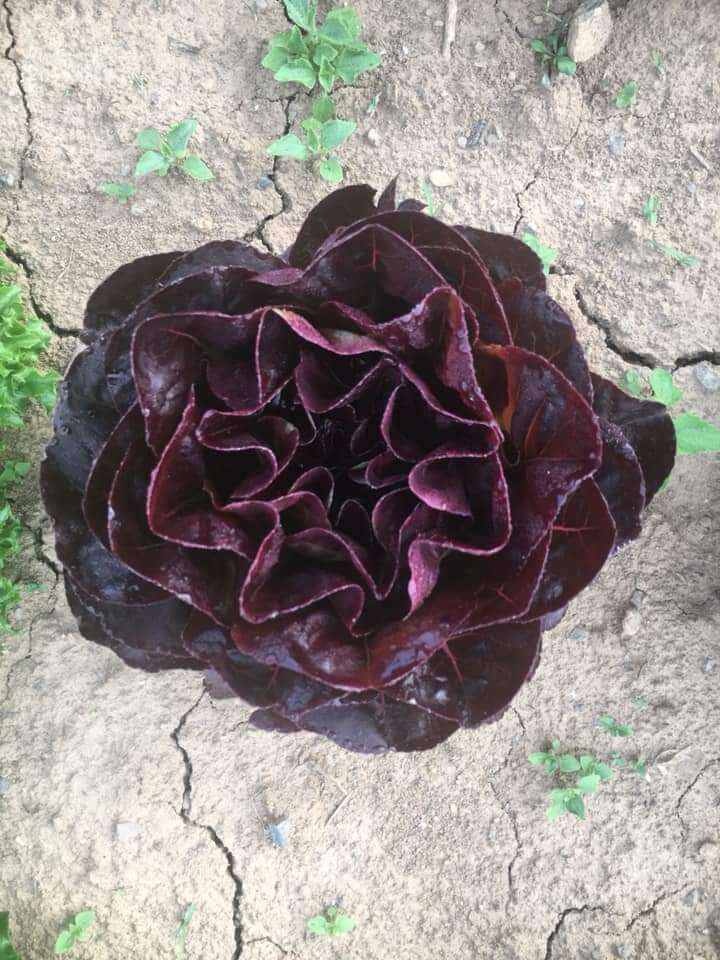
How to Add Amendments to Soil
It is important in adding amendments that you thoroughly mix them 1 to 2 feet into the soil you plan on cultivating. Mixing the amendments farther down allows the nutrients you are adding to your soil to be more readily available to roots.
1. Remove first layer of soil
Begin by removing the first layer of soil and set it off to the side (either top soil or the first few inches). Try not to mix the soil layers together. Then you can begin digging down by taking a broad fork, a sturdy pitch fork, shovel, or whatever tools you have available, to dig deeper into the soil profile.
About 2 feet down should be sufficient, but if you are growing deeper rooted species, you may want to go farther. Likewise, if you are growing shallow rooted species, it may not be necessary to dig as deep.
2. Add soil amendments
After the deeper soil has been dug and sufficiently loosened (you’re basically digging down with intentions of tilling the soil, and loosening it so it’s easier to amend), you can begin adding amendments. Take your tool, insert it into the loosened soil, lift it a few inches deeper into the soil, and add the amendments. Continue doing this every 3 to 6 inches until you have completed the entire bed. The closer together the amendments are added, the more nutrients you deem your soil).
The amount of amendment you add is directly dependent on what type of amendment you use, and the nutrient needs of your soil. This is personal research to be done on your end. After the amendments have been added at even intervals throughout the bed, begin inserting your tool and twisting it in a circular motion in order to mix the soil. Do this down the entire bed. This step is the most labor intensive and takes the most time.
3. Add back top soil layer
After you complete mixing, you can add back your top soil layer, and add any remaining amendments there. These amendments will wash down into the soil after repeated waterings, although at first, they may not be available to roots.
When first out-planting, you also can add a handful or two of chosen amendments directly into the hole before inserting the plant. These amendments will be immediately available to the new plant.
Adding Amendment to Compacted Soil
Deep Soil Compactions
Broad fork can be useful. If you are covering an extensive area, a tilling machine can be beneficial. However, I highly recommend not using mechanical means such as a tractor, as these can be excessively aggressive for the land. Using draft horses and farrow/tiller systems is much better for the land, and helps cultivate a deeper relationship between you, the land, and the animals.
Mild Soil Compactions
A simple hoe or soil scraper can be great for breaking up the top surface.
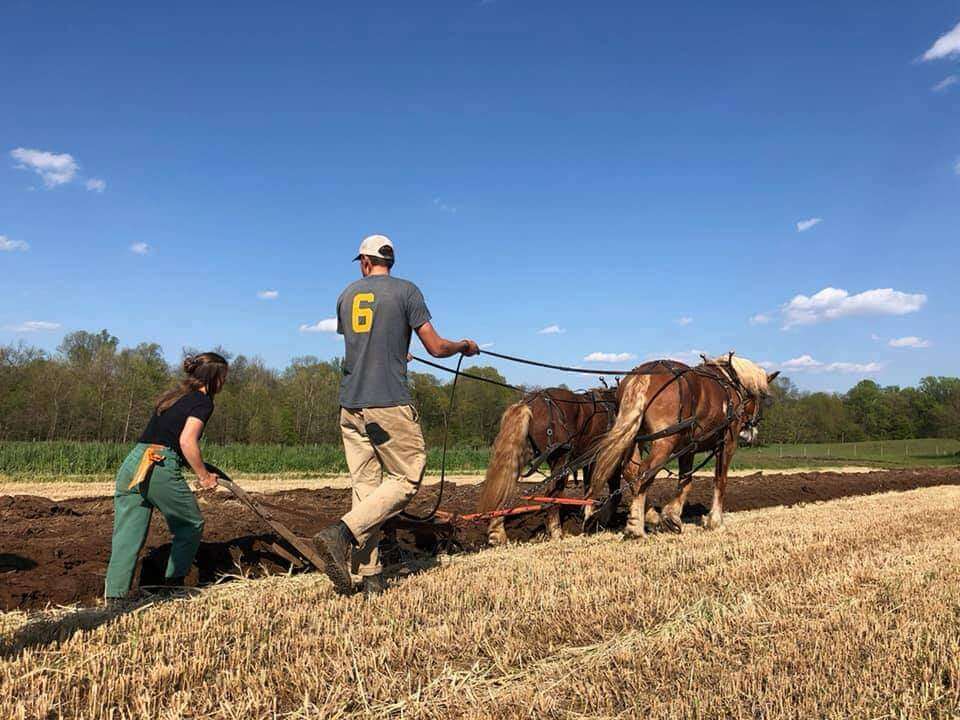
Whether you have xeric, nutrient-poor, or compacted soil (or a mix of these), you can use the above recommendations in nearly any combination. Best of luck!



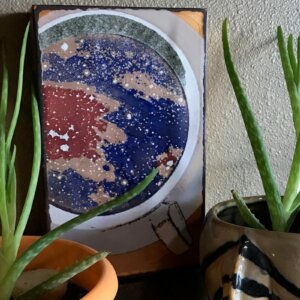




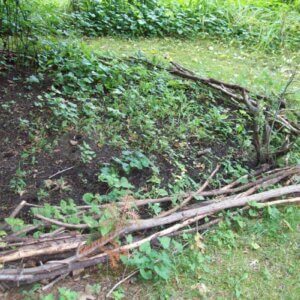

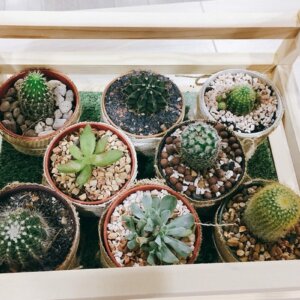













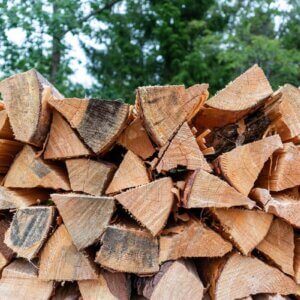





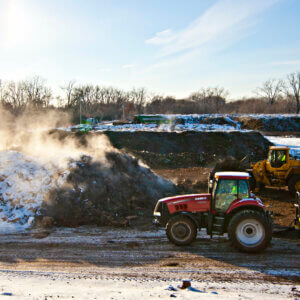









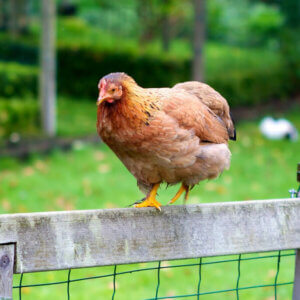

Leave a Reply